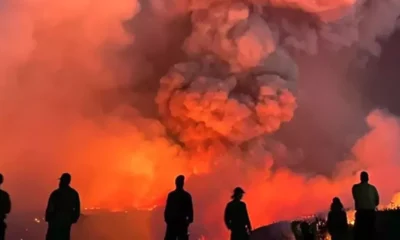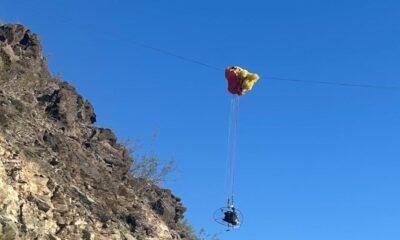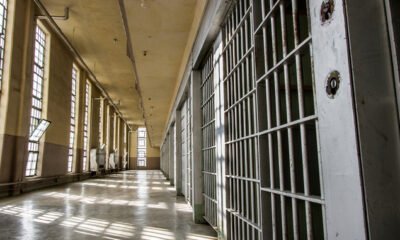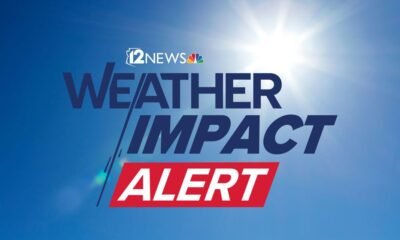home
Arizona Tribe Faces 21-Hour Power Outage: A Shocking Reality of Electrical Failures in Developing Regions
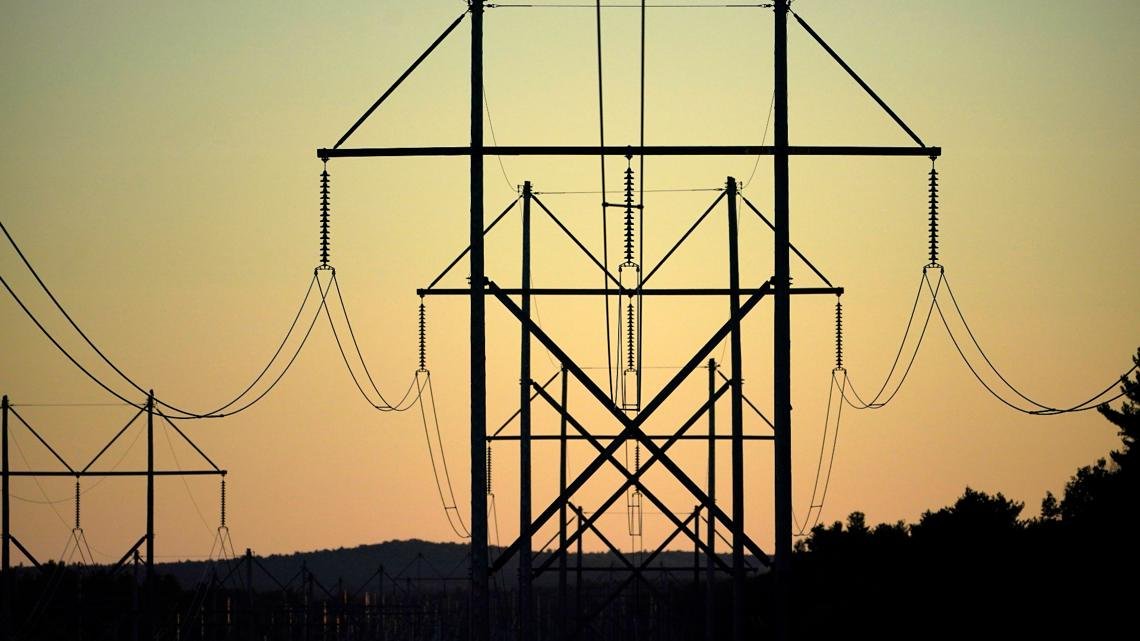
SAN CARLOS, Ariz — Residents of the northern half of the San Carlos Apache Tribe’s reservation endured a 21-hour power outage last weekend after a storm toppled a major electrical transmission line. Tribe Chairman Terry Rambler expressed frustration and concern over the incident.
“This kind of electrical failure is usually equated with developing countries, not the United States,” Rambler stated on Monday, underscoring the severity of the situation.
Tribal officials have labeled the transmission line as obsolete, citing frequent failures that disrupt electricity access for both residents and businesses. These outages can last for days, creating significant hardships for the community.
The San Carlos Apache Tribe has made numerous requests to federal authorities for the replacement of the aging transmission line, which runs between the Coolidge Dam and Winkelman in a remote area. In response to the recent outage, Rambler reached out to Interior Secretary Deborah Haaland.
A meeting is scheduled next month in Washington, D.C., where Rambler aims to discuss potential funding solutions to improve the electrical infrastructure and prevent future outages.
On August 5, the U.S. Department of Energy’s Office of Indian Energy Policy and Programs announced intentions to release $30 million in grants. These funds will support tribal clean energy initiatives and aid tribal colleges in transitioning to renewable energy sources.
From 2010 to 2022, the Office of Indian Energy invested over $120 million across more than 210 tribal energy projects in the contiguous United States and Alaska. However, efforts to modernize the electrical grid within the San Carlos reservation, spanning 1.8 million acres across three Arizona counties, remain under-discussed.
The San Carlos Irrigation Project, initiated by the Bureau of Indian Affairs in 1924, was designed to provide electricity and irrigation resources to residents on the reservation and private landowners. Yet, the lack of essential upgrades raises concerns about infrastructure vulnerability.
